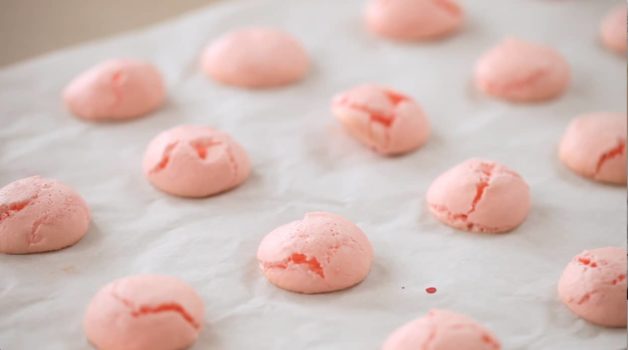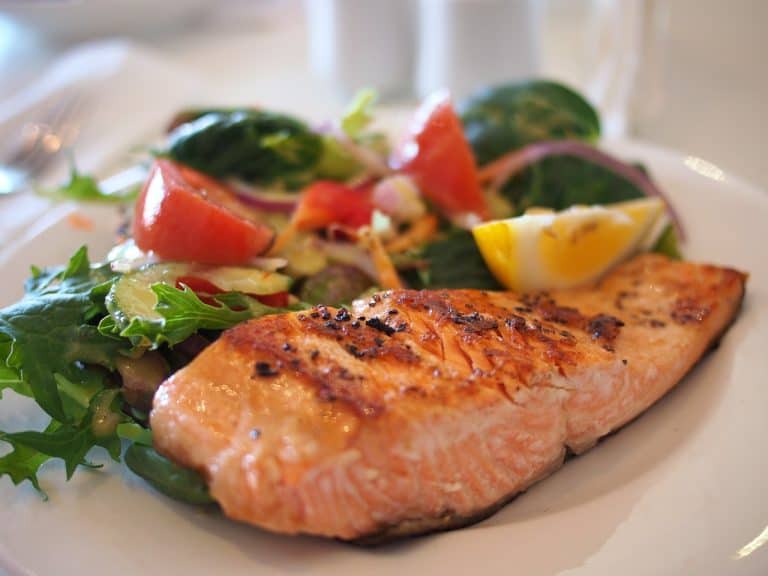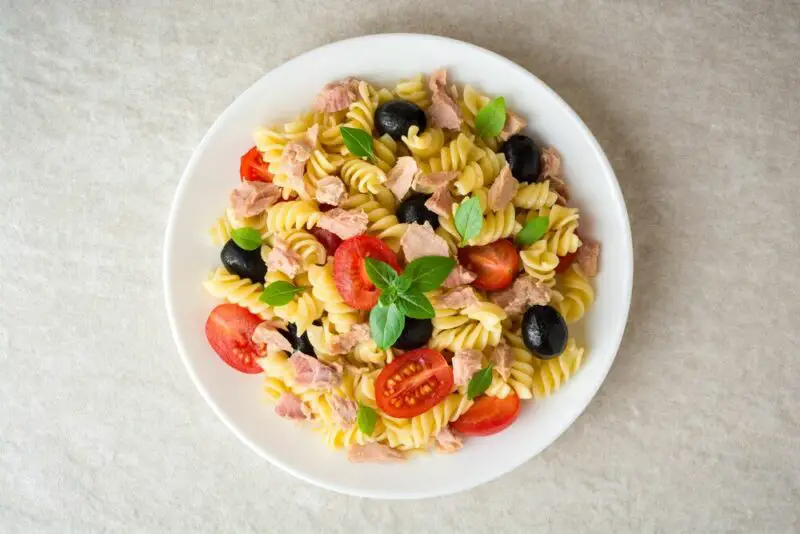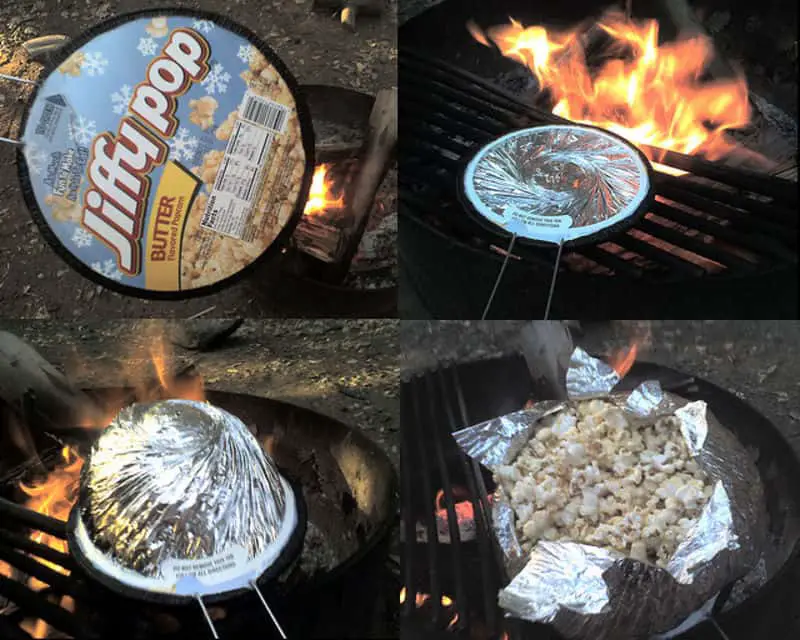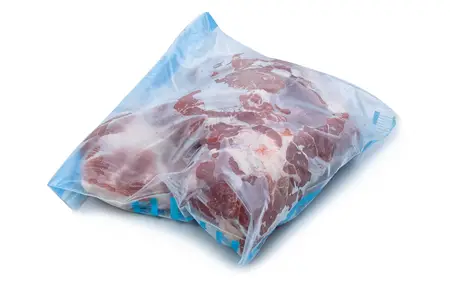The Macaron Conundrum: Can I Bake Macarons Without Parchment Paper?
Macarons are delicate and delightful treats that have taken the world by storm. The colorful and dainty dessert has earned a reputation for being high-maintenance, intimidating, and notoriously difficult to make. Among the many challenges faced by macaron lovers around the world is the issue of whether or not parchment paper is mandatory for baking macarons.
What Role Does Parchment Paper Play in Baking Macarons?
Parchment paper is an essential component in baking macarons. It serves multiple purposes during the process:
- It allows even heat distribution
- It prevents macarons from sticking to the tray or pan
- It protects the delicate cookies from burning at the bottom
But what if you don’t have parchment paper? Is it still possible to make perfectly baked macarons without it?
Alternative Methods for Baking Macarons without Parchment Paper
While it’s true that parchment paper is an indispensable tool for making macarons, it’s not your only option when it comes to baking these delicious treats. Here are some alternative methods that you can try:
Using a Silicone Mat
Silicone mats are widely used in baking as a non-stick alternative to parchment paper. They come in various sizes and shapes and can often be reused numerous times. When it comes to making macarons, silicone mats are a viable option.
Advantages and Disadvantages:
- Advantages:
- Durable and reusable
- Can withstand high temperatures in the oven
- Non-stick surface allows easy removal of macarons
- The flat surface promotes even baking
- Disadvantages:
- The texture of the macaron shells may differ when using a silicone mat compared to parchment paper
- Expensive upfront cost compared to parchment paper
- The mat can be harder to clean than parchment paper and may require additional care before using again.
Step-by-step instructions:
- Place your silicone mat on a baking tray or sheet pan and put aside.
- Pipe macaron batter onto the mat as you would if you were using parchment paper.
- Bake according to the recipe instructions.
- Allow the macarons to cool completely before removing them from the mat by gently peeling them away.
Greasing the Pan or Tray
If you don’t have parchment paper or silicone mats available, you can use a simple hack to grease the tray instead.
Advantages and Disadvantages:
- Advantages:
- Cheap and easily accessible material
- The coating creates an oily surface that prevents sticking to the pan or tray.
- You might get identical results as compared to Parchment Paper but at much lesser cost.
- Disadvantages:
- The macarons may spread or bake unevenly if there is too much oil or butter on the pan.
- Cleaning up greasy pans can be more challenging than parchment paper.
.
Note: Unsalted butter works best for greasing pans for macaron, some suggestions tend towards oils like canola but this option tends to fail because it interferes with the batter’s external layers & texture.
Note: Grease of low quality could produce smoke and affect background macaron color thanks to browning spots. This is NOT a preferable method for beginners.
Step-by-step instructions:
- Choose an appropriate base, typically steel, ceramic or glass, as long as it’s heat-resistant.
- Heat your oven within machine limits (usually 150-160C)
- Baste/Spray or Brush the tray with an ample amount of light colored oil and then spread it uniformly using kitchen paper towel until the surface looks shiny. Leave everything to set for 2 minutes approximately.
- Bake your Macarons according to the suitable recipe and allow them to completely cook before attempting to lift from tray to avoid breakage.
Using Wax Paper or Foil
Wax paper and foil can both be used as alternatives if parchment paper is not available when making macarons.
Advantages and Disadvantages:
- Advantages:
- Can be found easily in most kitchens
- Affordable option compared to silicone mats
- Disadvantages:
- The texture of the macaron shells may differ from the standard results when using a silicone mat or parchment paper
- Takes practice to perfect.
- May not be suitable for those who want a perfectly smooth surface on their macarons
.
.
Note: Be sure to inspect any obtained item for possible cuts that could sabotage delicacy of macaron batter.
.
.
.
Note: The consistency of wax paper and foil are different and knowing how to use either can take skill and experience.
Step-by-step instructions:
- Cut wax paper or foil into pieces/span> that are roughly the same size as your baking tray.
- Lay the wax paper or foil over the baking sheet.
- Pipe macaron batter onto the wax paper or foil as usual.
- Bake according to the instructions, keeping in mind that more monitoring may be needed, and rotate the tray often throughout cooking.
- After they have fully cooled down, gently remove them from the wax paper/foil.
Using Teflon or Non-Stick Mats
Teflon mats or other non-stick mats are another option for those who want to avoid using parchment paper for baking macarons. These mats come in a range of sizes and thicknesses.
Advantages and Disadvantages:
- Advantages:
- Durable and reusable
- The non-stick coating allows easy removal of macarons after baking
- The flat surface promotes smooth and even baking
- Disadvantages:
- The upfront cost can be expensive
- The non-stick coating could aggravate minute aftertastes which could affect the overall taste of the macarons
.
.
.
Rapid heat-transfer assists in keeping macarons flat; preserve smooth finish and ensure no browning.
.
.
Note: Researching before purchasing a Teflon or Non-Stick Mat is key to avoiding quality problems.
Step-by-step instructions:
- Place your Teflon mat onto a baking sheet or tray.
- Pipe your macaron batter onto the mat as though you were using parchment paper.
- Bake according to the recipe you are following.
- Please ensure that the cooling process has been allowed in full at room temperature before lifting macarons off from mats.
- Gently remove your macarons from the Teflon mat once they have cooled down fully.
.
.
.
Tips and Tricks for Baking Macarons Without Parchment Paper
Adjusting other aspects of your recipe can greatly impact your results when baking macarons without parchment paper. Here are some tips and tricks to help you achieve consistently good results:
Altering Other Steps in the Recipe
When substituting parchment paper with any one of these alternatives, it may be worth experimenting with some other recipe adjustments, such as adjusting oven temperature and bake times. You could also consider modifying the amount of sugar or moisture added to the macaron batter to help counteract differences in texture when changing out a key ingredient.
Troubleshooting Faulty Results
Despite your best efforts, things can still go wrong when baking macarons without parchment paper. Some common issues that might arise using a non-stick alternative include:
- Sensitivity to pan times and temperatures resulting in undercooked or burnt macarons
- Browning and undesirable colours due to uneven crust setting procedure
- Texture alteration Can cause it is linked to changes in recipe but could also occur in the transition from paper to a substitute
.
.
.
Note: Troubleshooting varies depending on method of substitution and unique modifications adopted by the baker.
Conclusion
While parchment paper is an essential part of making macarons, it is possible to bake these delicate treats without it. As we’ve discussed, there are a variety of readily available alternatives that can be used instead. However, as with all substitutes, there are pros and cons that come with them. It’s essential to experiment with different methods and find what works best for you.
If you’re new to macaron making, we would recommend starting out with parchment paper and then experimenting with the alternative methods as you get more comfortable.
The best thing? There’s no better way to enjoy your sweet afternoon tea than with irresistible freshly baked macarons!
Frequently Asked Questions
Can I bake macarons on something other than parchment paper?
Absolutely! While parchment paper is the most commonly used liner for baking macarons, you can also use a silicone baking mat or even a non-stick baking sheet. Just be sure to grease the surface if needed.
Will using a different type of liner affect the outcome of my macarons?
It’s possible. Parchment paper allows for even heat distribution and prevents browning on the bottom of the macaron shells. Using a different type of liner may result in uneven baking and possibly over-browned bottoms. Experimentation may be necessary to find what works best for you.
What are some benefits of using parchment paper when baking macarons?
Parchment paper not only provides an even surface that prevents browning on the bottom of the macarons, but it also makes removing the delicate shells from the baking sheet much easier. Plus, it’s disposable, making clean-up a breeze.
If I don’t have parchment paper, can I skip lining the baking sheet altogether?
We advise against skipping lining your baking sheet altogether when making macarons. Without a liner, your macarons may stick to the surface or brown too quickly on the bottom. If you don’t have parchment paper, try using a silicone baking mat or greasing a non-stick baking sheet with cooking spray or butter.
